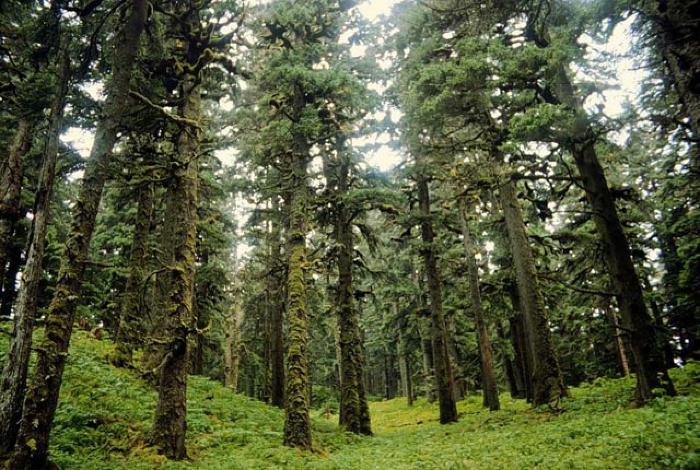Moss — Uruq

Today, hundreds of species of mosses grow in the coastal environments of the Gulf of Alaska, thriving on wet ground, tree trunks, branches, rocks, and even in freshwater. These soft, fluffy plants absorb water through their leaves and stems, making them an excellent source of spongy material.
In Alutiiq, the word uruq means both moss and diaper, reflecting the use of moss in swaddling babies. Moss collected from the ground was washed and dried, then stuffed into an infant’s clothing, cradle, and carrier. Elders remember this practice and note that people often collected moss in the warm season and saved quantities of it for winter use. Absorbent mosses also served as toilet paper and menstrual pads, lined vegetable roasting pits, functioned as wicks for stone oil lamps, and were employed in processing seal skins for kayak covers. People laid wet moss on seal skins to loosen the hair so they could be easily scraped clean.
Drier mosses, collected from trees, were a source of insulation. Because this moss does not shrink with age, people stuffed it into cracks in sod houses, used it in thatching roofs, and added it to clothing. A layer of moss increased the warmth of hats, mittens, and boots. Campers also piled tree moss on branches and covered the pile with a grass mat to make a comfortable temporary mattress.
